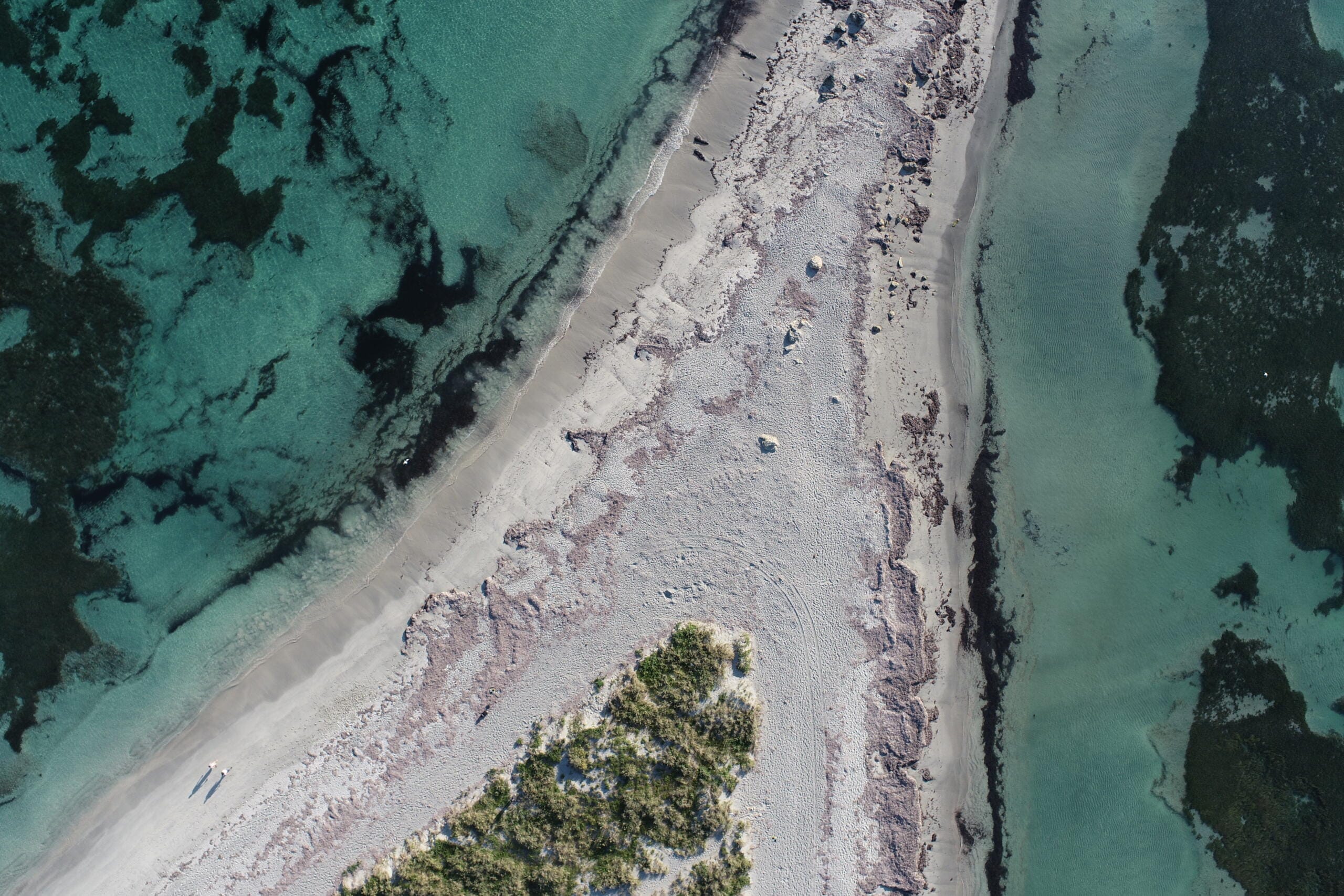Time-lapse animations showing everything from Cockburn Sound’s wave movements and temperature changes to nutrient hot spots are being created by a WAMSI Westport Marine Science Program research team as part of a project assessing the cumulative impacts of environmental stresses in the area.
Project leader Professor Matt Hipsey, from The University of Western Australia, said data from multiple sources had been used to create inter-linked models spanning oceanography, water quality and ecology.
“The goal is to build an integrated tool that can be used for cumulative impact assessment and help us understand all the stressors and drivers that have impacted the Sound in the past, and how it’s likely to look into the future,” Professor Hipsey said.
“Impacts may be caused by things like desalination and ground water discharges that enter the Sound, shipping and port operations, or from regional changes such as increased severity of marine heatwaves due to climate change.
“We have been looking at data on nutrient levels and water clarity to understand how that has changed over time, as this is an important driver for things like seagrass meadows which are ultimately important to determine the health of the system.”
Professor Hipsey is collaborating on the project with researchers from Curtin University, other researchers from across the science program and industry consultants.
He said the Sound had changed over the past 70 years, and while conditions were no longer like the historical days of polluting discharges, there remained concerning legacy issues such as nutrients and other contaminants in the sediment.
“We have seen an evolution of all the things contributing to water quality and ecosystem health in the Sound, and while pollutant loads have been successfully regulated, one of the things we are still trying to understand is where the different nutrient sources are currently coming from,” he said.
“There are large levels of nutrients in ground water that are still making their way in, even though they may have been discharged about 20 years ago. Also, one of the big concerns we have is a lot of nutrients from pollution that occurred in the 80s and 90s, which are still slowly leaching out of the sediment.”
Professor Hipsey said the further modelling could be used to assess the impact of any potential development.
“Our role within WAMSI is to build an independent, trusted, model that uses the best available tools and data. It is being developed as a public resource. Interested parties can use the platform to run specific scenarios relevant to Cockburn Sound’s future,” he said.
“We have a period of validation now where we are stress-testing and upgrading the model to reflect the latest knowledge coming from the WWMSP and making sure it is as accurate as it can be before it’s used to assess scenarios or draw specific conclusions.”




